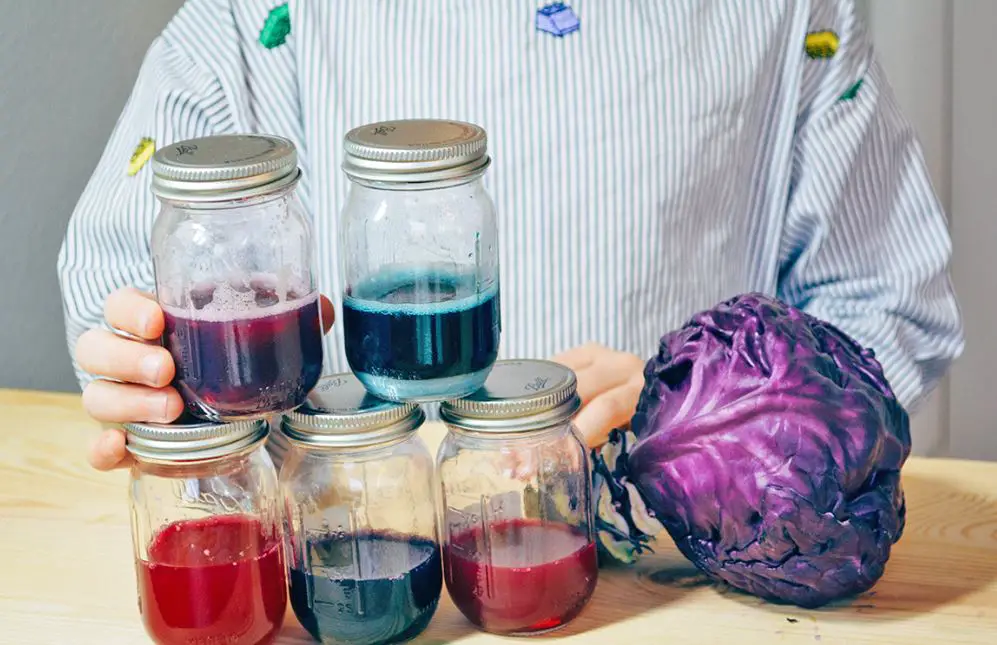A soil test is crucial for every gardener, residential or commercial. A soil test may determine the pH of the soil, but it is one of the most crucial pieces of information. Red cabbage juice may be used as a great pH indicator. Therefore, you might utilize a red cabbage soil pH test instead of doing a traditional soil test and sending it to a lab for analysis. Also, doing a red cabbage pH experiment is a terrific method to impart the value of acidity or alkalinity in the garden to your children or grandchildren.

What is pH?
pH is a term for potential hydrogen. A soil’s hydrogen ion concentration may be used to determine whether it is acidic, basic, or alkaline. The pH scale has a range of 1 to 14, with 7.0 being generally of as neutral. Acidic numbers are those below 7.0, while alkaline numbers are those above. This reading perfectly matches the pH scale seen on red cabbage.
Although most plants need a pH of 6.0 to 7.0, certain plants, like azaleas, blueberries, and rhododendrons, perform well on acidic soils with a pH of less than 7.0.
Sulfur may be added to the soil to reduce the pH, while lime or calcium carbonate can be added to boost the pH. It might take some time to adjust your soil’s pH. Therefore, it is best to measure it in the autumn so the amendments have time to work.
Diseases like potato scabs may develop in environments with higher pH levels.
Red Cabbage Juice Indicator
You may make pH paper out of red cabbage juice and use it to measure the pH of your soil. This DIY pH strip’s hue will show if your soil is neutral, acidic, or alkaline.
Anthocyanin, a water-soluble pigment also present in apple peels, cornflowers, grapes, plums, and poppies, is a chemical found in red cabbage. The anthocyanin acquires a reddish hue in acidic solutions, a neutral purple hue in alkaline solutions, and a greenish/yellow hue in bases. The color of cabbage juice will be purple, indicating that its pH is neutral, or approximately 7.0.
Red Cabbage pH Experiment
The simplest method for determining your soil’s pH with red cabbage is:
- Combine two cups of distilled water in a saucepan with one cup of chopped red cabbage.
- After five minutes, take the mixture from the heat.
- Allow sitting for up to 30 minutes.
- Separate the liquid from the solids, keeping only the purple or blue liquid.
- This means that its pH is neutral at 7.0.
Add a few teaspoons (9.8 ml) of garden soil and a few inches (8.8 cm) of cooled cabbage water to a jar to test your soil. After stirring, wait 30 minutes.
Check the color of the liquid in the jar after 30 minutes. The soil is acidic if it is pink; it is alkaline if it is more on the green spectrum.
The ideal soil pH promotes root growth. It lessens the possibility of physiological conditions such as blossom end rot and delays certain plant illnesses.

